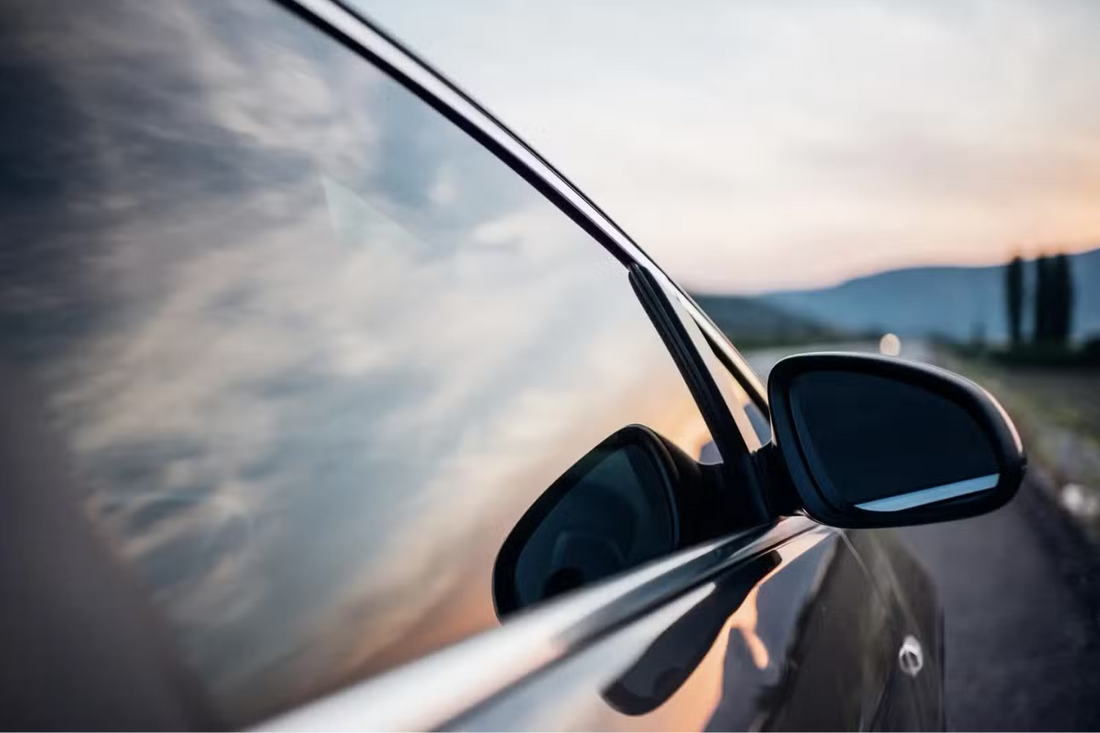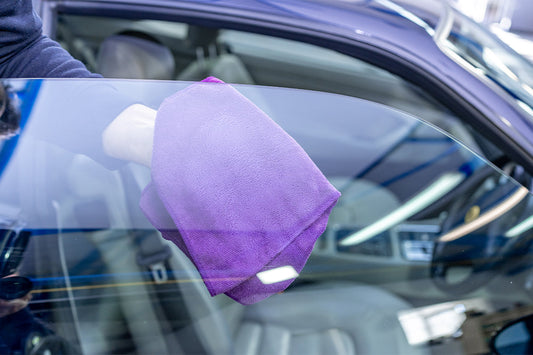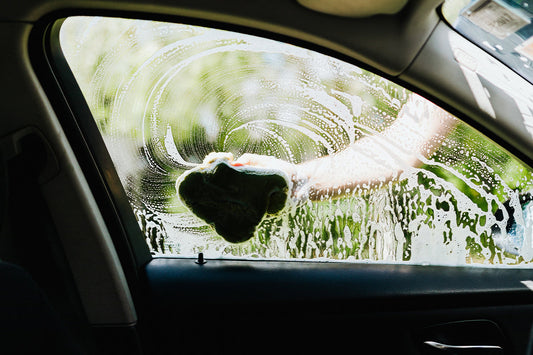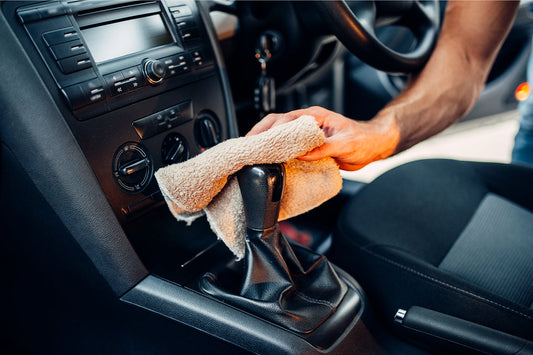
Window Film Maintenance
Window Film Drying Time & Final Inspection Guide
When a professional installer tints your windows, they spray water onto the glass before applying the film. This liquid layer allows the film to be precisely positioned and helps remove air pockets. A squeegee is used to push the film against the glass, squeezing out excess water, but a thin layer of water will always remain.
You may not see any bubbles immediately, as the water is evenly spread across the glass. In the days after installation, however, bubbles can appear. This is caused by water molecules grouping together due to surface tension, sometimes creating a fish-eye effect. Bubble size and quantity vary depending on the glass, film, and environmental conditions.
Don’t worry – the water between the window and film will evaporate over time. The rate at which this happens is called the vapour transmission rate of the film.
Factors Affecting Drying Time
- Cold and/or overcast weather.
- Thicker films or those with higher metal content.
- Low direct sunlight on the windows.
- Interior temperature, humidity, and air circulation.
If one or more of these factors are present, drying time may be extended. One thing is certain: window films always dry out.
Three Phases of the Dry-Out Process
- The entire window may appear hazy at first.
- Water pools into larger bubbles scattered over the window — this is molecular water tension at work.
- Bubbles become cloudy during the final stage of drying and shrink in size until gone.
Changes in bubble size are very gradual and hard to see day-to-day.
Final Inspection Standards
- Inspection is done from outside the vehicle at a distance of 1 metre.
- No visible faults are acceptable.
- No distortion should be seen when viewed from inside after full curing.
- Spears or creases are unacceptable.
- All film surfaces and external glass must be fully clean.
- Approved identification stickers (if required) must be installed between the glass and film, straight and level, in the manufacturer’s specified area, and visible when the window is fully wound up.



